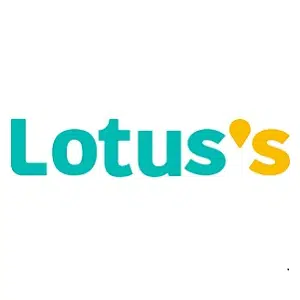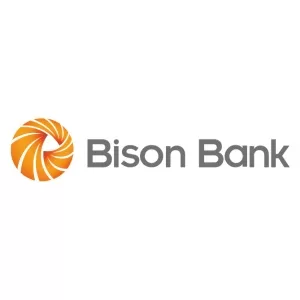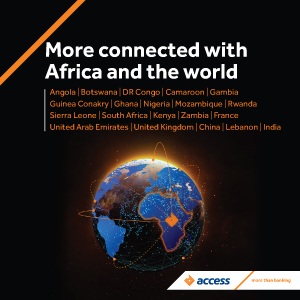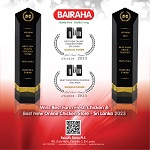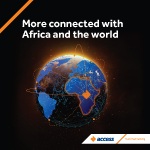Auto
Honda Introduces Initiatives in New Areas
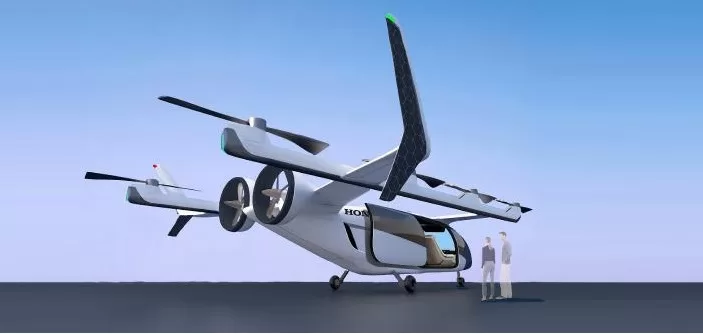
Taking on Challenges in New Areas while Leveraging Its Core Technologies
Honda Motor Co., Ltd. introduced the technology development direction the company is currently pursuing for the challenges Honda is taking on in new areas while leveraging its core technologies. This direction leads to the fulfillment of Honda’s 2030 Vision of serving people worldwide with the “joy of expanding their life’s potential.”
Honda Takes on Challenges in New Areas Leveraging Its Core Technologies
While solidifying its existing businesses as the foundation of the company, Honda is thoroughly committed to contributing to the realization of a society with zero environmental impact and zero traffic collisions, and also new initiatives that enable Honda to take on challenges in new areas. In addition to research on advanced environmental and safety technologies, Honda R&D Co., Ltd., which takes a lead role in Honda’s technology research and development, is pursuing outside-the-box research on technologies that will bring about new value for people by expanding the potential of mobility into the 3rd dimension, then the 4th dimension which defies the constraints of time and space, and ultimately into outer space.
These new initiatives are made possible by core technologies Honda has amassed to date, including technologies in the areas of combustion, electrification, control and robotics. Through the comprehensive utilization of such technological strengths, Honda will strive to realize the joy of expanding people’s life’s potential in new areas in addition to existing business areas.
These new areas include an electric vertical take-off and landing aircraft, avatar robot with a goal to expand the range of human ability and a new challenge in the field of outer space.
1. Honda eVTOL (electric vertical take-off and landing) aircraft will make mobility in the skies more accessible for people.
・Honda eVTOL leverages Honda’s electrification technologies for its gas turbine hybrid power unit.
・Adoption of the hybrid power unit enables the extension of range, which will enable Honda eVTOL to provide inter-city (city-to-city) transportation, where the market size is expected to grow in the future.
・Honda will create a new “mobility ecosystem” featuring Honda eVTOL at its core, connected with mobility products on the ground.
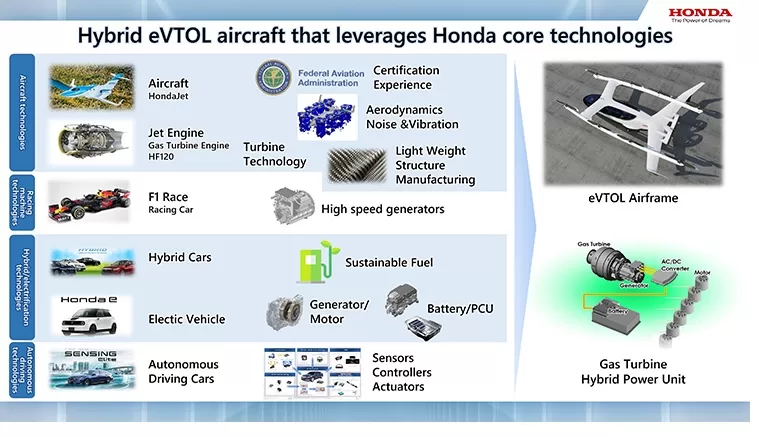
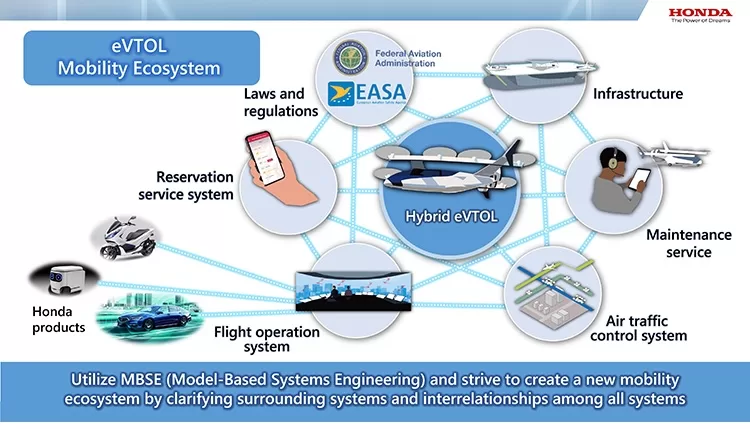
To make the mobility in the skies Honda realized with its original HondaJet even more accessible for more people, Honda is developing its eVTOL (electric Vertical Take-off and Landing) aircraft by taking advantage of a wide range of Honda’s core technologies.
In addition to clean operation realized by electrification technologies, eVTOL features safety at a level equivalent to that of commercial passenger airplanes realized by its simple structure and decentralized propulsive system and quietness due to relatively small diameter of rotors. This makes it possible for eVTOL to take off and land in the middle of a city without causing noise issues. Because of such features, the development race for eVTOL aircraft is getting increasingly vigorous. However, all-electric eVTOL aircraft face a range issue due to limited battery capacity, therefore the realistic use area is limited to intra-city (inside city) transportation.
To address this issue and realize user-friendly inter-city transportation with longer range, Honda will leverage its electrification technologies and develop Honda eVTOL equipped with a gas turbine hybrid power unit. Moreover, in addition to electrification technologies, Honda eVTOL will feature technologies Honda has amassed in a number of different areas such as combustion, aerodynamics and control technologies.
Honda will strive to create new value for people by establishing a “mobility ecosystem” featuring eVTOL aircraft at its core, coordinated and integrated with mobility on the ground.
2. Honda Avatar Robot: will make virtual mobility possible
・Honda will develop an avatar robot with the goal to expand the range of human ability virtually without the constraints of time and place / space.
・Honda Avatar Robot will be equipped with a multi-fingered hand, an application of Honda robotics technologies, and Honda’s original AI-supported remote control function.
・With a view to putting the Honda Avatar Robot into practical use in the 2030s, Honda is pursuing development with a goal to conduct technology demonstration testing before the end of the fiscal year ending March 31, 2024.
Striving to expand human potential and make people’s lives without constraints and more enjoyable, Honda has been continuously working on robotics research, including the research and development of its bi-pedal robot ASIMO. As a part of next-generation Honda robotics, Honda is pursuing development for the practical applications of Honda’s original avatar robot to expand the range of human ability virtually without the constraints of time and place.
The greatest merit of an avatar robot, which can act as a second self of the user, is that the user can perform tasks and experience things without being there in person, including the realistic sense of handling objects remotely. What will become the core of the realization of such an avatar robot is the multi-fingered robotic hand developed while leveraging Honda’ strengths in robotics technologies and Honda’s original AI-supported remote control function. Therefore, Honda strived for an avatar robot that is capable of using its multi-fingered hand to make full use of tools designed for human use and performs complex tasks quickly and accurately based on the AI-supported and more intuitive control by the user.
To date, Honda has realized a multi-fingered hand with the ability to both delicately pick up a small object with the fingertips and the strength to open a tight jar lid, at the level of the human hand. This has long been a challenge in the field of robotics research. Moreover, in order to enable its multi-fingered hand to grasp an object smoothly in one sequence of moves and handle a tool with precise control of force, Honda is working on the further advancement of its original AI-supported remote control function.
Honda is currently working on downsizing the hardware and further improvement of the precision of robotic hand movements such as “grasping” and “manipulation.” Honda is striving to begin technology demonstration testing of the Honda Avatar Robot before the end of the fiscal year ending March 31, 2024, with a vision to put it into practical use in the 2030s.
3. Taking on challenges in the field of space technology
・Accelerating Honda research and development in the field of space technologies while viewing it as a place to take on challenges to realize the “dreams” and “potential” of people worldwide while leveraging its core technologies
・Building a circulative renewable energy system on the lunar surface by leveraging Honda fuel cell technologies and high differential pressure water electrolysis technologies
・Applying Honda’s multi-fingered robotic hand, AI-supported remote control function, and highly-responsive torque control technologies to remotely-controlled robots which will perform tasks on the lunar surface
・Proposal by young Honda engineers to research and develop a small, reusable rocket by applying Honda’s core technologies such as combustion, fluid, control and guidance technologies
Honda views the field of space technologies as a place to take on new challenges to realize the “dreams” and “potential” of people worldwide while leveraging its core technologies. By leveraging core technologies unique to Honda, such as combustion, guidance, fuel cell and robotics technologies, Honda is pursuing technology development with a goal to create new value in the ultimate environment of outer space.
3-1. Challenges on the lunar surface:
– Circulative renewable energy system
– Application of Honda technologies to remote-controlled robots
As international momentum for expanding the range of human activities outside the Earth continues to grow, Honda began initiatives to strive for the expansion of human activities and development on the lunar surface. It is said that there is water on the Moon, and various possibilities for the use of water may open up are attracting attention. Honda is conducting a joint research with the Japan Aerospace Exploration Agency (JAXA) with a goal to build the circulative renewable energy system on the lunar surface by leveraging fuel cell technologies and high differential pressure water electrolysis technologies Honda has amassed to date.
By combining Honda’s fuel cell technologies and high differential pressure water electrolysis technologies, and by using electricity from renewable energy sources, the system electrically decomposes water and stores hydrogen and oxygen. Then, using that hydrogen and oxygen, Honda’s fuel cell technologies, can generate and supply electricity. The oxygen also can be used for people staying at living quarters on the lunar surface, and the hydrogen also will be used as fuel for rockets. By building such a circulative renewable energy system, Honda will strive to contribute to a wide range of human activities on the lunar surface.
Moreover, for the remotely-controlled robots on the lunar surface, which can minimize the risks astronauts will be exposed to and enable people to virtually enjoy the experience of being on the Moon from Earth, Honda is expecting to apply a number of its core technologies. This includes the multi-fingered robotic hand technology and AI-supported remote control technology being developed for the Honda Avatar Robot and the highly-responsive torque control technology for collision mitigation. These research themes were adopted by the JAXA Space Exploration Innovation Hub and the joint research began in February of this year.
3-2. Reusable small rocket which will apply Honda’s core technologies
Honda also is working on the development of small rockets. This rocket development was initiated by the proposal made by young Honda engineers who wanted to build a small rocket by utilizing core technologies, such as combustion and control technologies, that Honda has amassed through the development of various products.
Artificial satellites are indispensable for various purposes including the observation of the global environment, such as global warming and abnormal weather conditions and also to enable wide-area communication, which is an effective means to provide connectivity to mobility products. However, currently, there are not enough rockets available to meet demand for satellite launches. To address this issue, Honda is developing a small rocket with a goal to use it as a launch vehicle for small low-earth orbit satellites. Moreover, Honda is conducting research with an assumption to make its rocket “reusable” by enabling at least some of the rocket components to land back on earth after the launching. For this challenge, Honda will strive to utilize control and guidance technologies Honda has amassed through the development of automated driving technologies.
In addition to a complete commitment to its environmental and safety challenges, Honda will continue pursuing outside-the-box research to leverage its core technologies and take on challenges in new areas to bring about new value that overcomes the constraints of time and space of people.
Comments by Keiji Ohtsu, President and Representative Director of Honda R&D Co., Ltd.:
“All of the initiatives we introduced today are for the challenges Honda takes on in new areas, but the underlying passion of Honda to use our technology to make people’s lives more enjoyable remains unchanged. Ever since the company’s founding, the wellspring of Honda’s challenges has always been the people at Honda who generate original technologies and ideas. Through the creation of new mobility, Honda will continue striving to change the value people place on mobility and make positive changes to our society.”
About Honda Motor Co., Ltd.
Honda Motor Co., Ltd. (NYSE: HMC) is responsible for the development, production and sales of automobiles, motorcycles, power products and aviation products worldwide. A global leader in powertrain and electromotive technologies, Honda produces over 30 million engines annually for its three product lines. Honda and its partners build products in more than 60 manufacturing plants in 27 countries, employing more than 219,000 associates globally.
Source: Honda




















